Articles
Fireproof doors and windows are vital components of any comprehensive fire safety plan. Constructed with specialized materials and innovative designs, these products create a barrier against fire and smoke, significantly slowing its spread. They are tested and rated to withstand specific durations of intens.
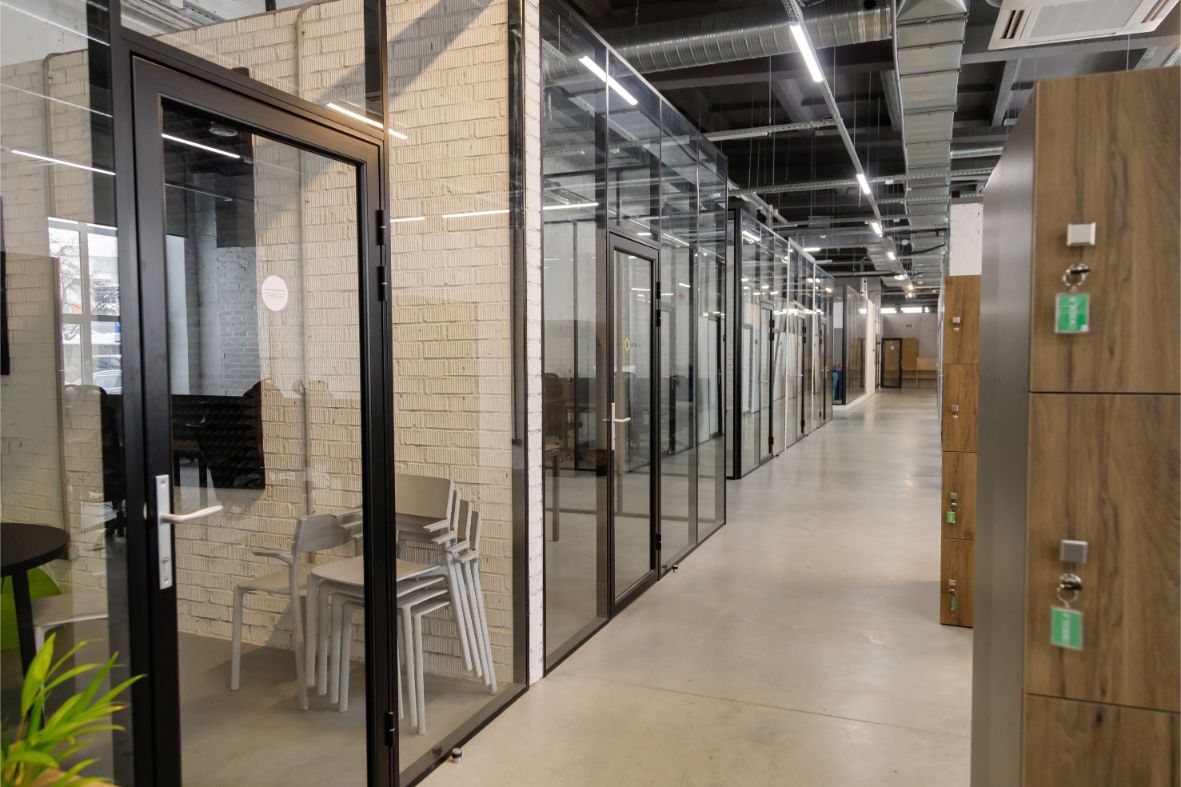
Fire doors are a cornerstone of building safety, designed to contain the spread of fire and smoke, protecting lives and property.
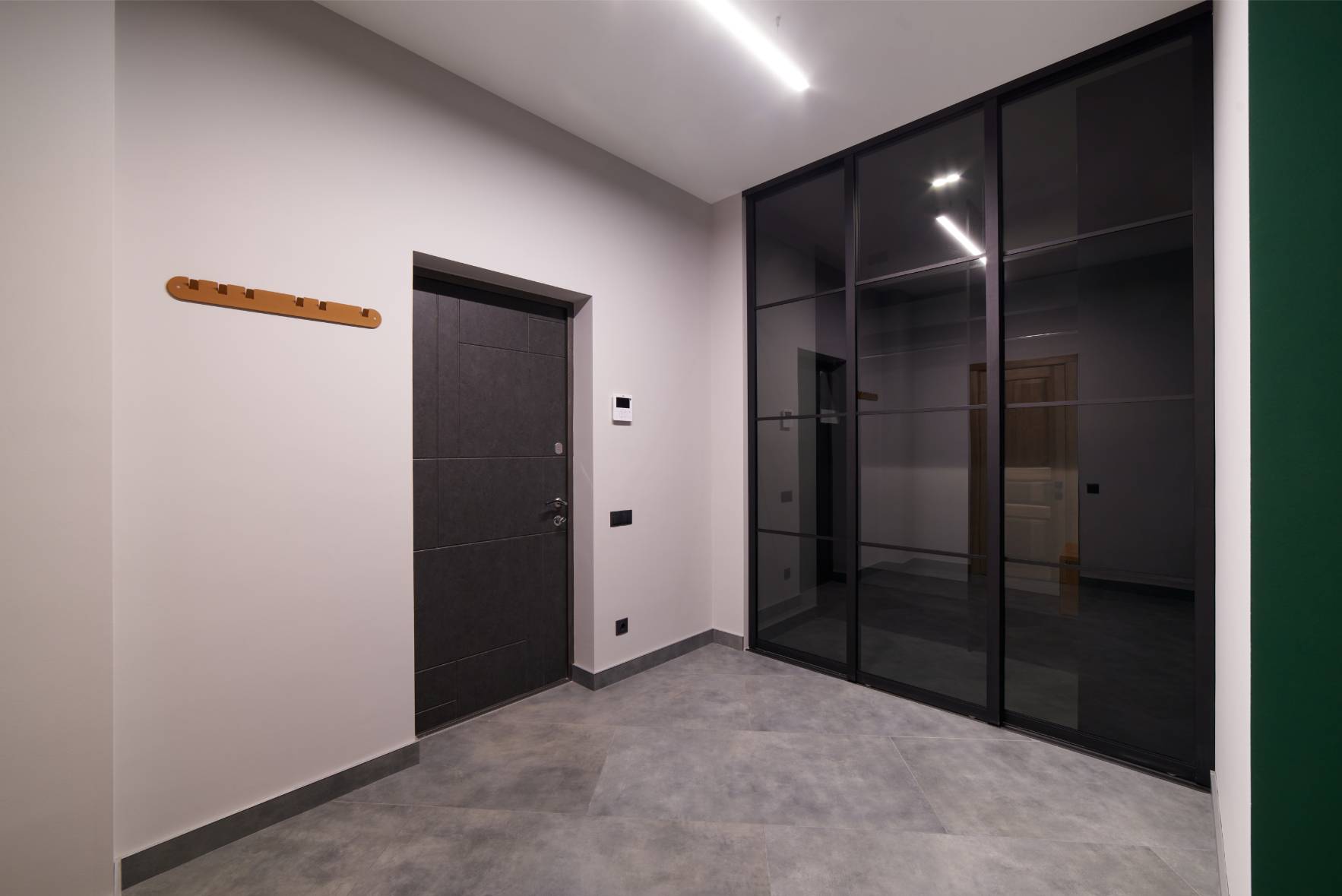
In the UK, fire doors are critical infrastructure. Their role goes far beyond slowing the spread of smoke and flame. These doors must meet exact standards of width, fit, and installation—otherwise, they compromise the safety of the entire building. Adhering to UK fire door regulations is not optional. It’s a legal and practical necessity.
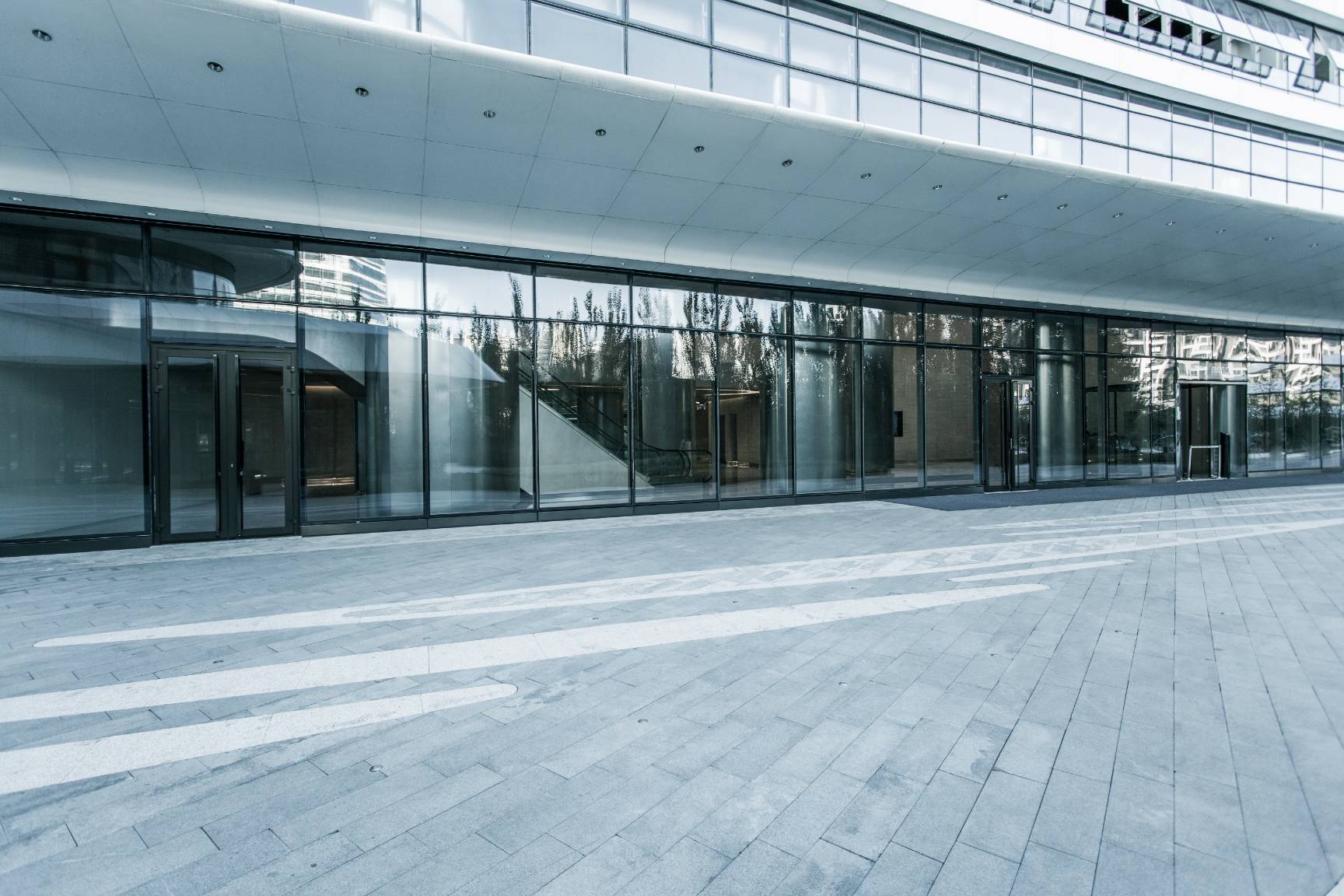
Fire kills more than 200 people annually in the UK alone, with smoke inhalation responsible for the majority of those deaths. What stops it? Certified fire resistance. That chilling statistic highlights why the BS EN 1634 fire resistance standard is not a technical formality—it’s a life-saving requirement.
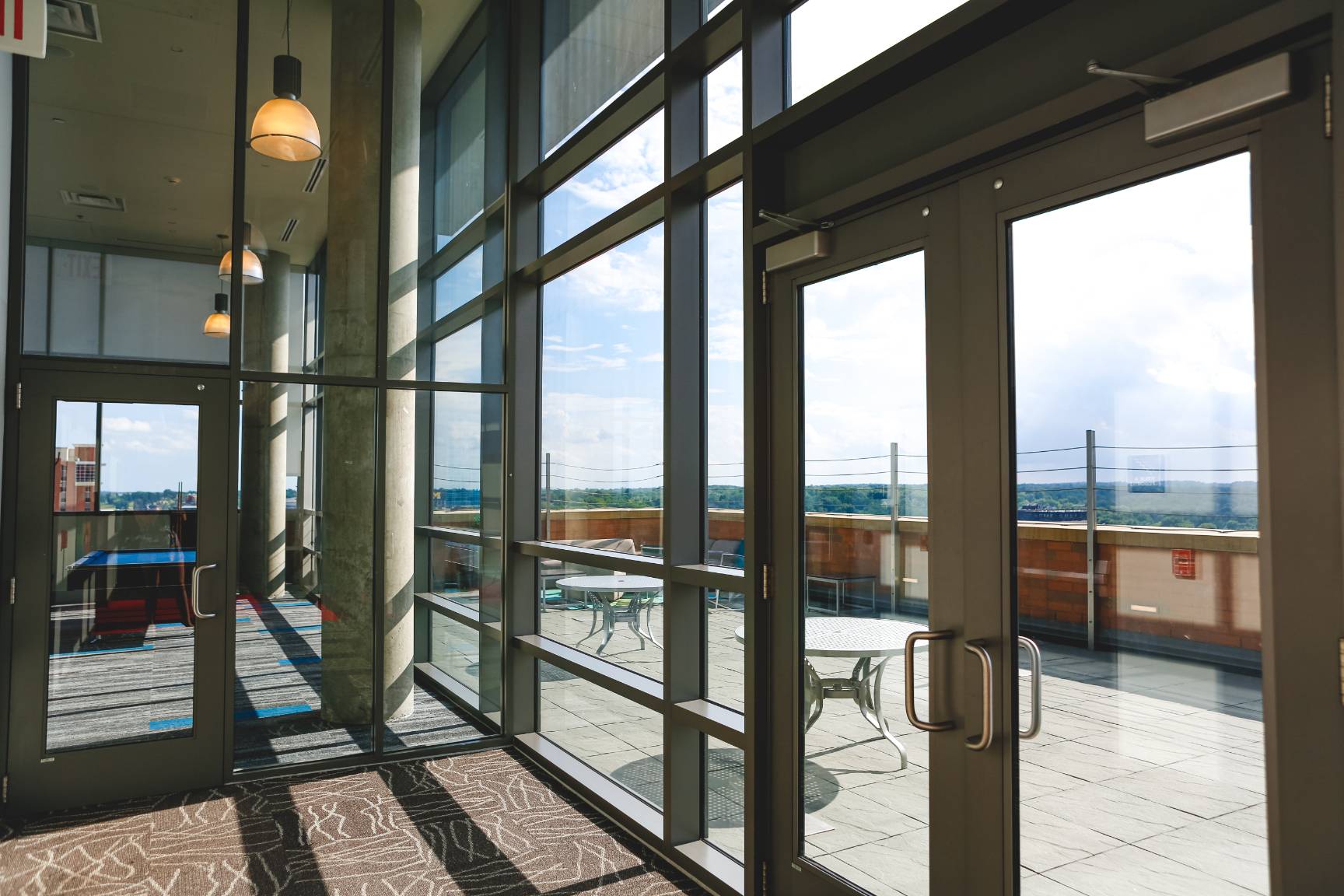
In modern construction, fire doors are among the most critical safety features. As fires in buildings become more intense and unpredictable, the importance of durable, precisely built fire doors continues to rise. Understanding the fire door manufacturing process is not optional—it’s essential for protecting lives and property.
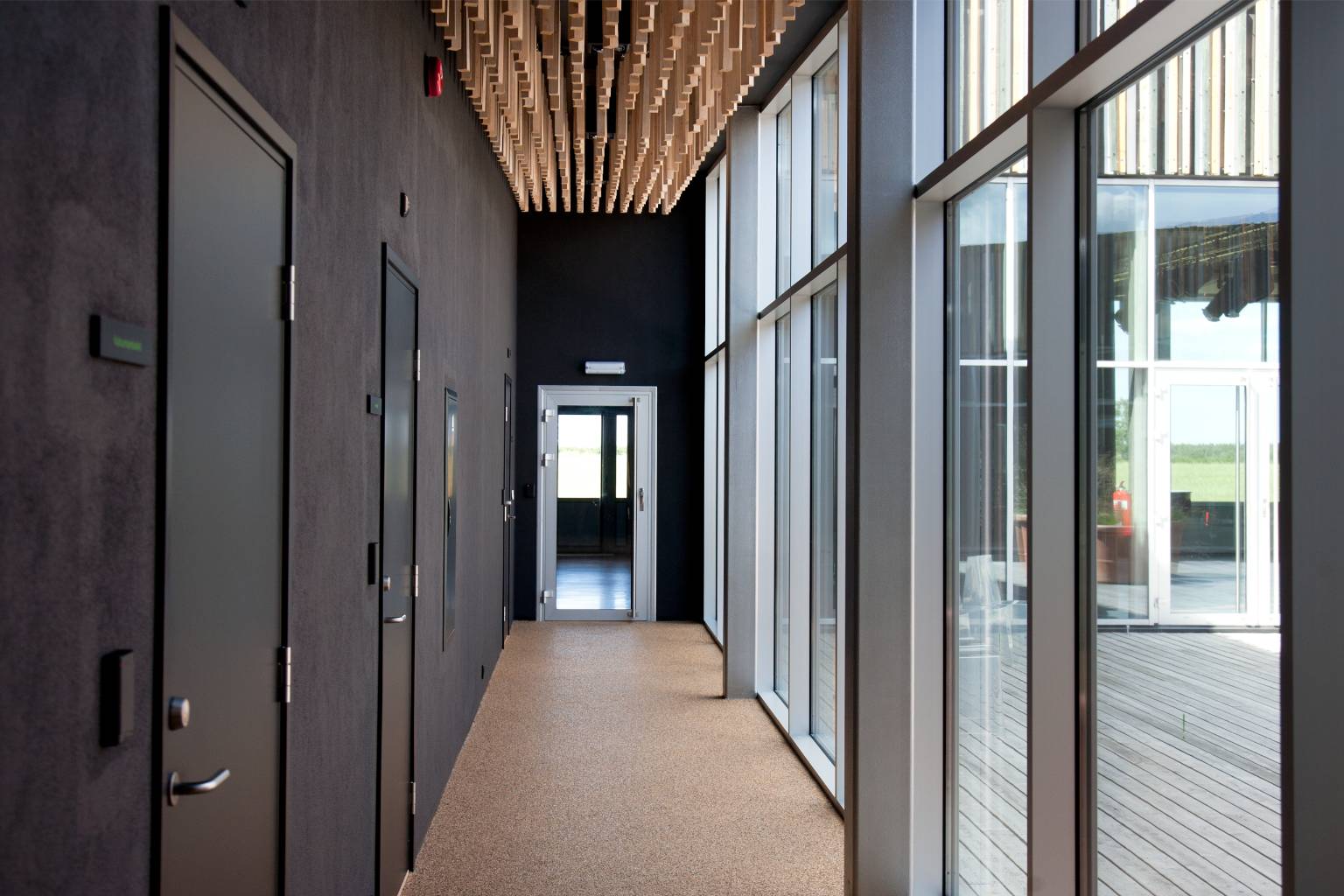
“Doors are the first line of defense—until they fail.” This statement is not a metaphor; it’s a fact backed by decades of fire incident data. Fires do not tear through buildings in one swift motion. They infiltrate weaknesses—seams, gaps, neglected seals. Among these, improperly insulated doors are often the first to give way. That’s why fire door insulation is not just recommended—it is essential.

“Performance under pressure defines the strength of a structure.” In the UK, where harsh weather, strict building codes, and modern design demands converge, this truth applies directly to one of construction’s most overlooked elements—windows and doors. Far from being cosmetic features, these components must endure environmental stress, operate consistently, and protect occupants from external threats. The BS 6375 UK standard exists precisely to ensure that they do.
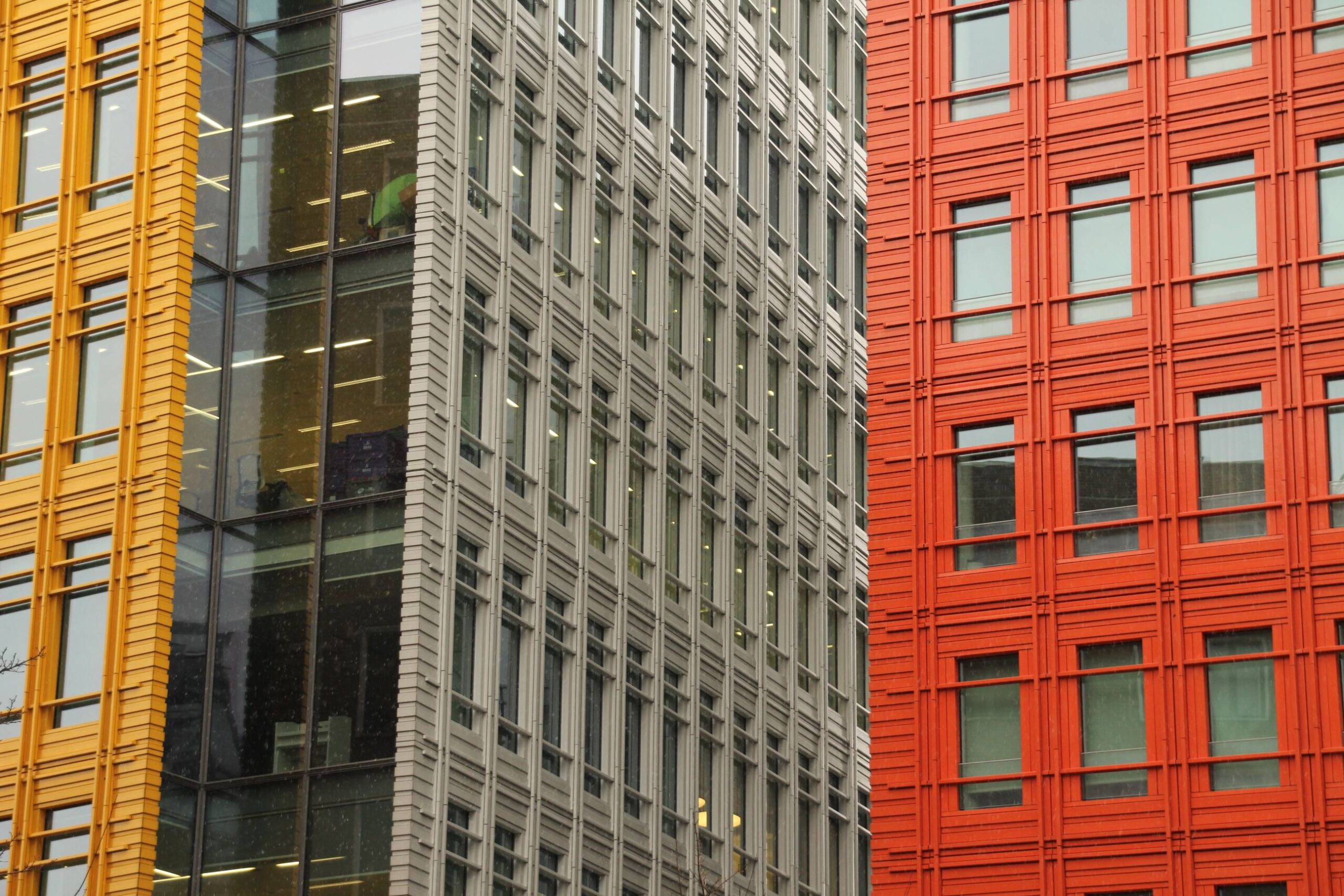
For nearly a century, one standard sat at the center of the United Kingdom’s approach to fire protection: BS 476. It was never just a list of tests—it was the benchmark for building safety. The BS 476 fire rating shaped how buildings were designed, materials were certified, and risks were managed. Its influence was unmatched, and its legacy is undeniable.

Understanding fire rating classifications isn’t just a technical detail—it’s a fundamental requirement in modern construction. Among these, Fire Rating Class 1 stands as a key indicator of how well a material resists the spread of flames and smoke. It defines performance, regulatory compliance, and—most critically—life safety.

When it comes to protecting people, property, and critical infrastructure, airtight performance is not just a construction detail—it’s a life-saving requirement. One of the most essential yet misunderstood tools in fire safety and environmental control is the positive pressure test. This test ensures that an enclosed space can maintain the necessary overpressure to prevent smoke ingress, contain fire suppression agents, or block contamination from entering sensitive environments.



